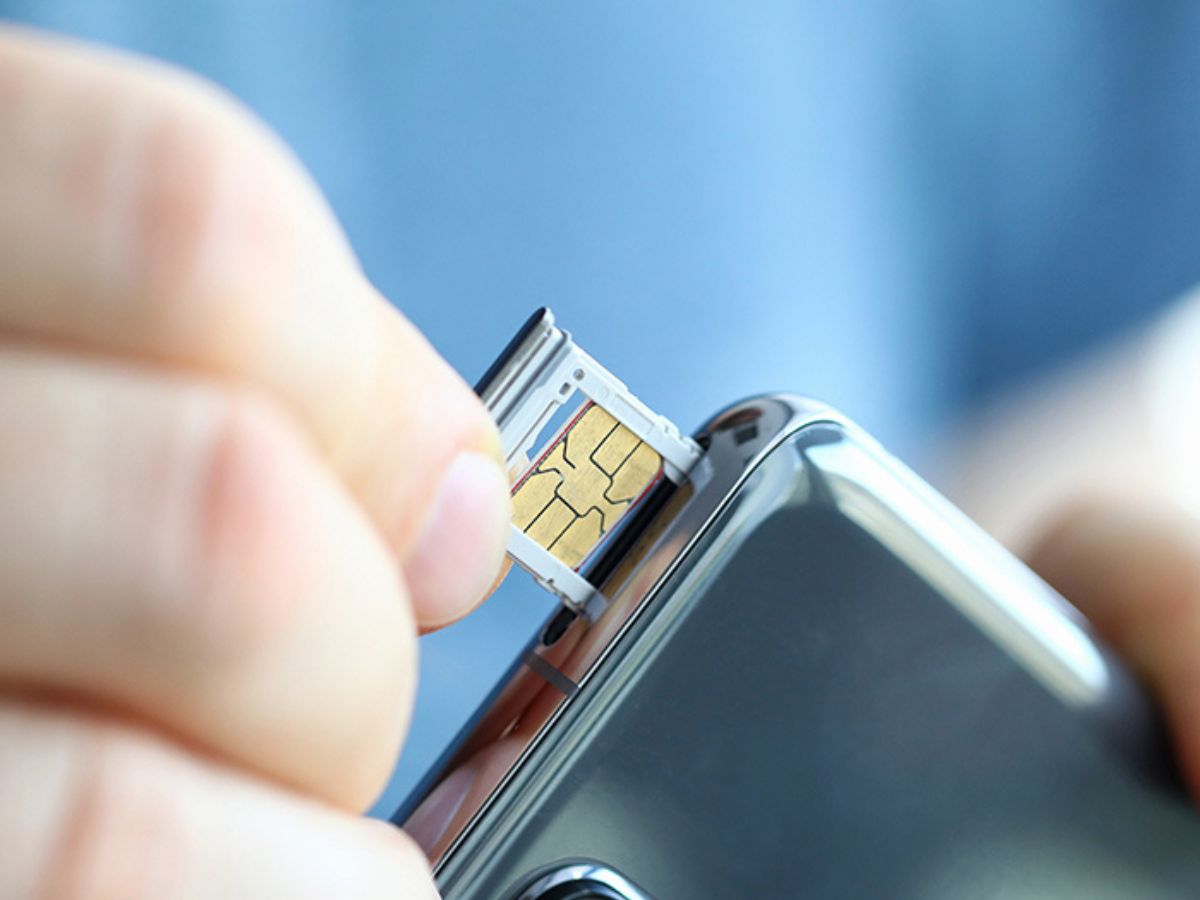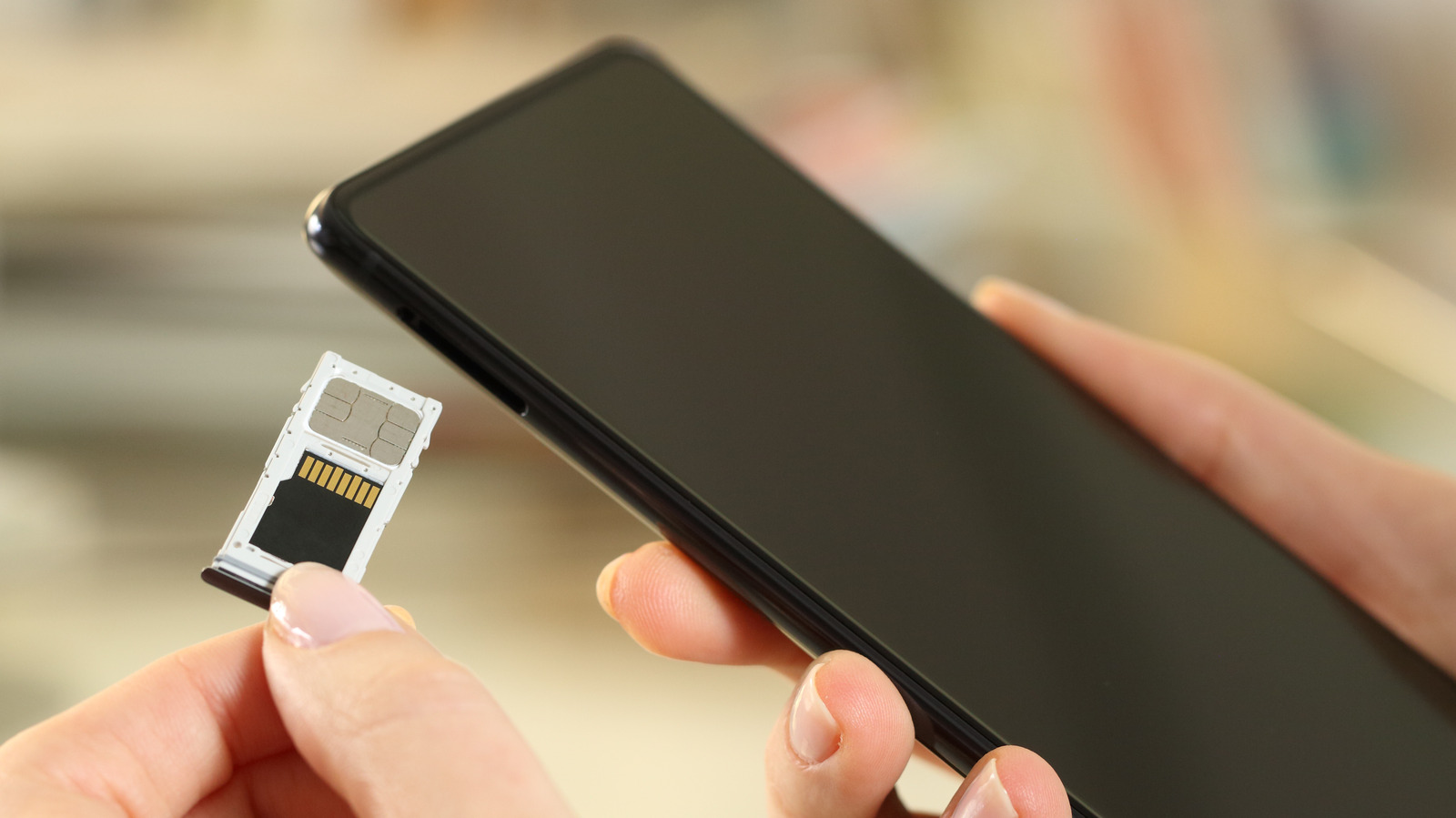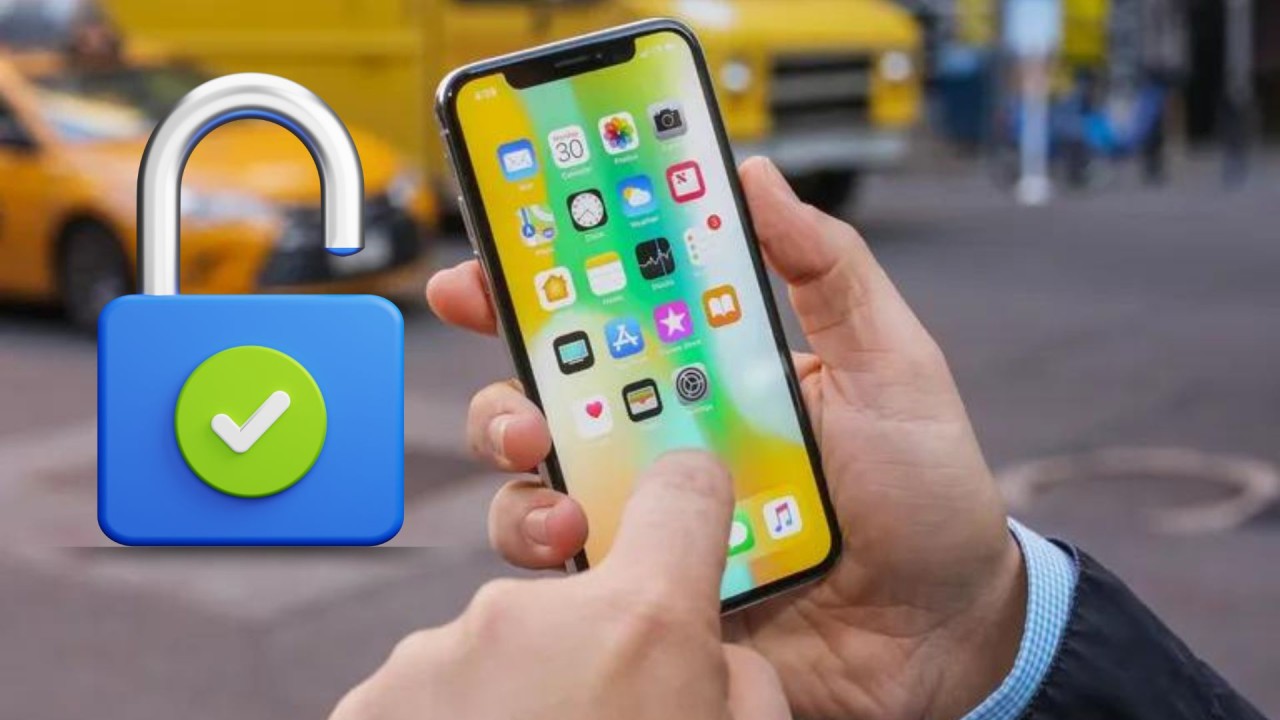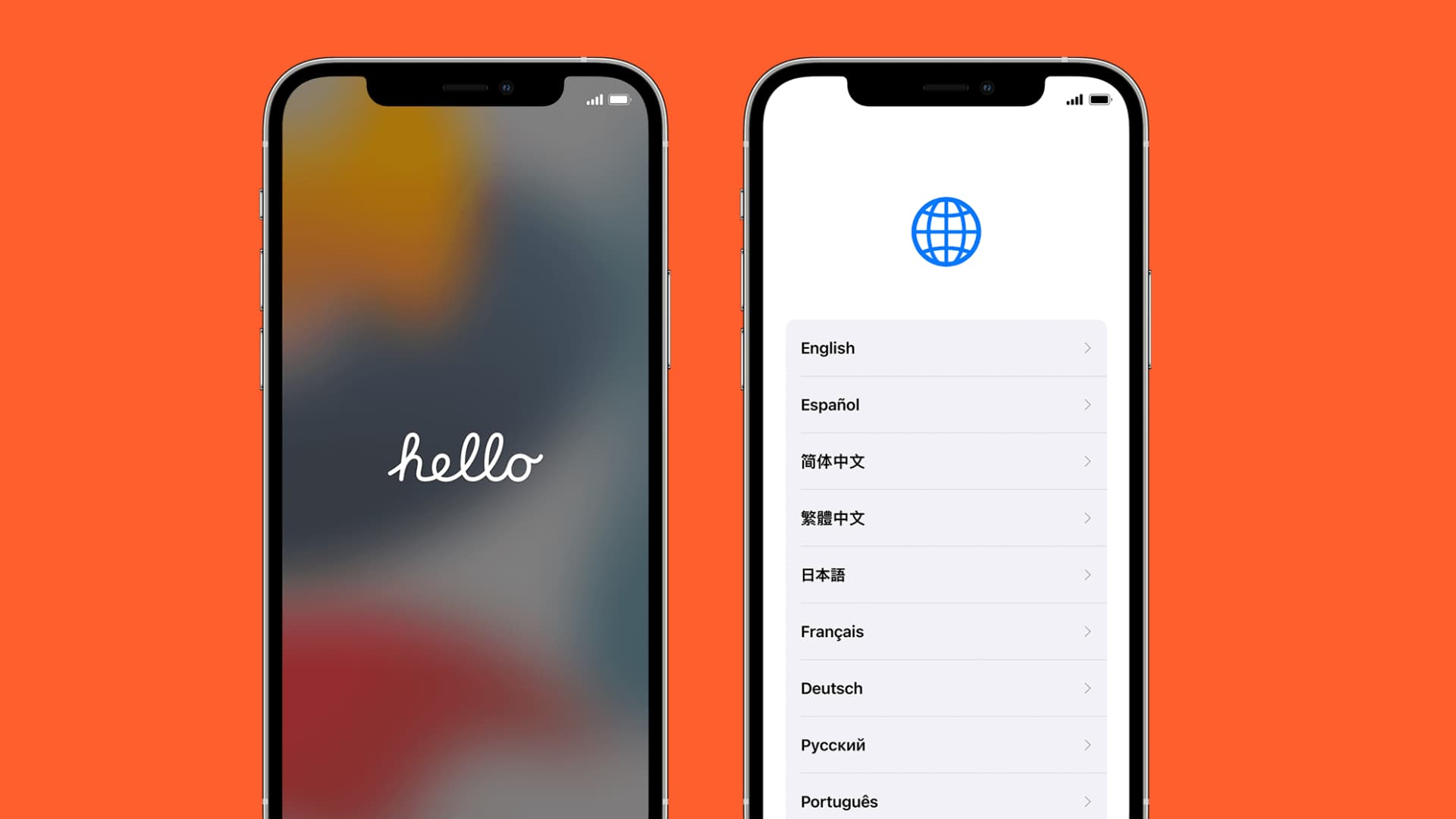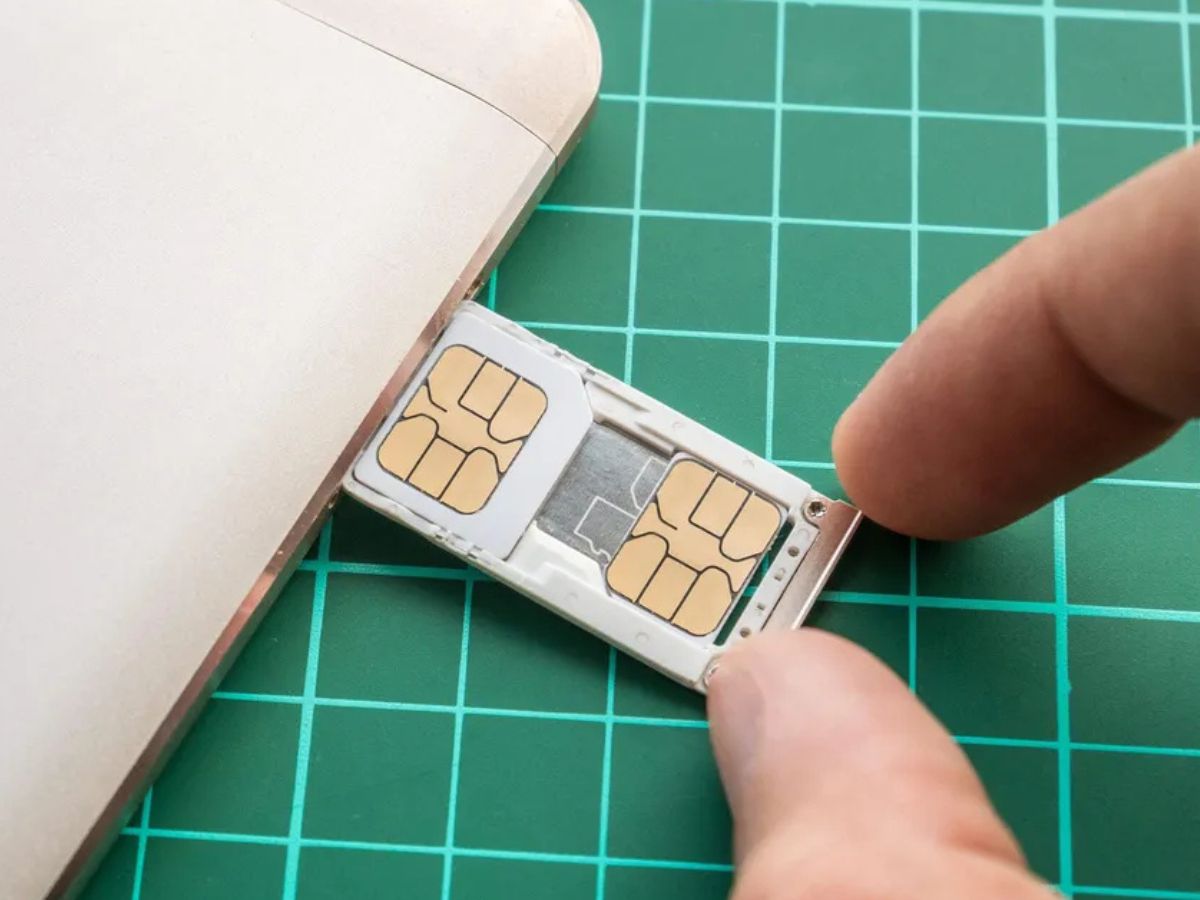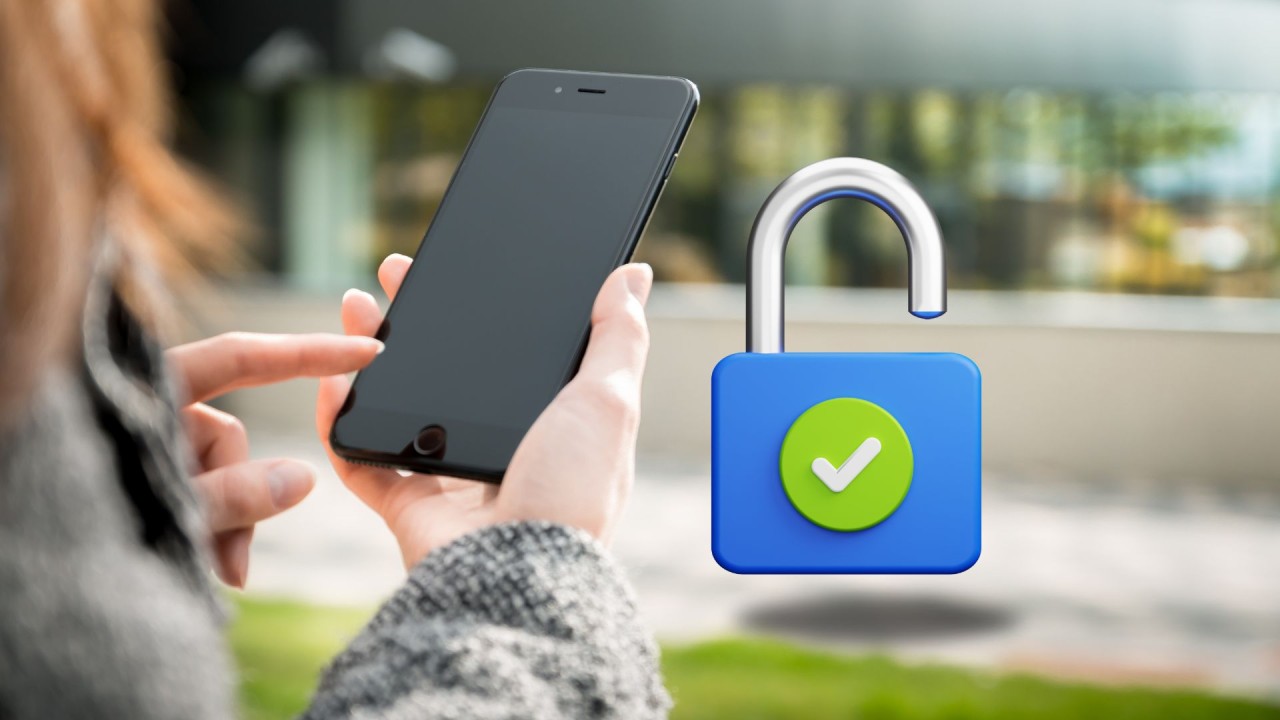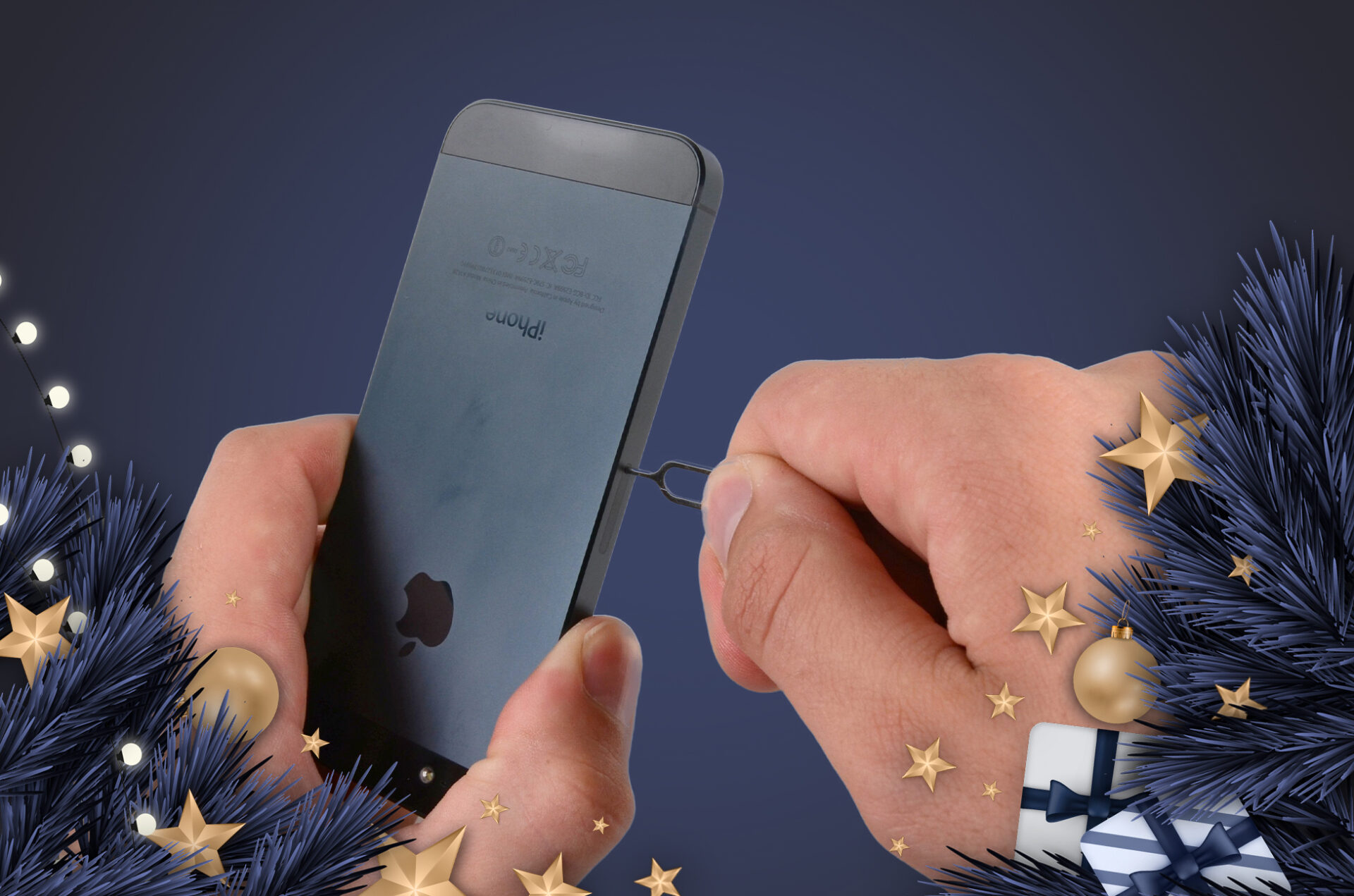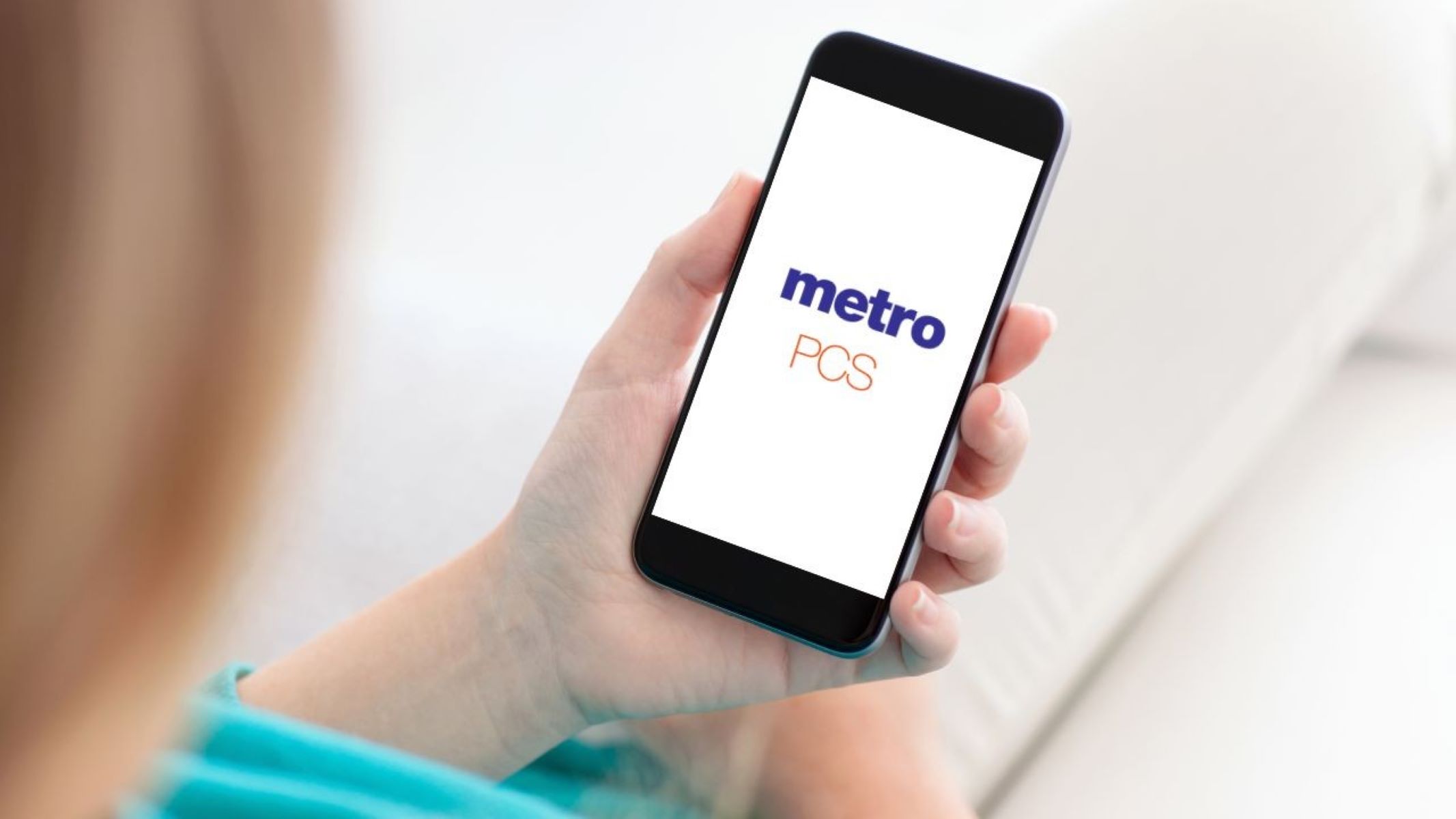Understanding Carrier Lock and Unlock
When it comes to mobile devices, carrier lock and unlock are essential concepts that can significantly impact your user experience. A carrier-locked phone is restricted to a specific network provider, meaning that it can only be used with SIM cards from that particular carrier. On the other hand, an unlocked phone offers the flexibility to switch between different carriers by simply inserting a compatible SIM card.
Why Does Carrier Lock Exist?
Carriers often lock devices to ensure that customers fulfill their contractual obligations. When you purchase a phone through a carrier's installment plan, the device remains locked until you have completed the payment or contract term. This practice safeguards the carrier's investment in the device and incentivizes customers to stay with the network for a specified period.
Benefits of Unlocking
Unlocking your phone grants you the freedom to choose the best carrier based on coverage, pricing, and features. Whether you're traveling internationally or seeking better service in your local area, an unlocked phone enables you to seamlessly switch between carriers without being tied down by restrictions.
How to Check Lock Status
To determine if your phone is carrier-locked, you can contact your current carrier or use online tools and services that provide lock status checks. Additionally, if you're purchasing a used device, it's crucial to verify its lock status before finalizing the transaction.
Unlocking Options
If you wish to unlock your phone, there are several avenues to explore. Some carriers offer unlocking services for eligible devices, allowing you to submit a request through their official channels. Alternatively, third-party services specializing in phone unlocking may assist you in freeing your device from carrier restrictions for a fee.
Understanding carrier lock and unlock mechanisms empowers you to make informed decisions regarding your mobile devices and network providers. Whether you're considering switching carriers or purchasing a new phone, being aware of these concepts ensures that you can optimize your mobile experience to suit your evolving needs.
Checking Compatibility of Devices
Before making the switch to a new carrier or obtaining a different SIM card, it's crucial to ensure that your mobile device is compatible with the intended network. The compatibility of a device is determined by its technical specifications and the network bands supported by the carrier. This step is essential to guarantee a seamless transition and optimal performance on the new network.
Understanding Network Technology
Different carriers utilize varying network technologies, such as GSM, CDMA, and LTE. It's imperative to verify whether your device aligns with the network technology employed by the prospective carrier. For instance, if your phone is designed for GSM networks and the new carrier operates on CDMA technology, compatibility issues may arise, impacting call quality, data speeds, and overall functionality.
Checking Network Bands
Mobile networks operate on specific frequency bands, and devices must support these bands to establish a strong connection. Before switching carriers or using a new SIM card, it's advisable to research the network bands utilized by the intended carrier and cross-reference them with your device's specifications. This process ensures that your phone is equipped to leverage the available network coverage and signal strength.
Utilizing Online Tools
To simplify the process of checking device compatibility, many carriers provide online tools or compatibility checkers on their websites. These tools typically require inputting your device's model and brand to ascertain whether it is compatible with the carrier's network. Utilizing these resources can offer quick insights into the feasibility of using your current device with the new carrier.
Seeking Professional Assistance
In cases where determining device compatibility becomes complex or ambiguous, consulting with the carrier's customer support or visiting a retail store can be beneficial. The staff can assess your device's compatibility and provide personalized guidance, ensuring that you make an informed decision when switching carriers or acquiring a new SIM card.
By meticulously examining the compatibility of your mobile device with the target carrier's network specifications, you can preemptively address any potential issues and streamline the process of transitioning to a new network. This proactive approach facilitates a seamless and hassle-free experience, allowing you to fully leverage the services and benefits offered by your chosen carrier.
Purchasing Unlocked Devices
When considering the acquisition of a new mobile device, opting for an unlocked phone presents a myriad of advantages. Unlocked devices, unlike their carrier-locked counterparts, offer unparalleled flexibility and freedom in choosing and switching between network providers. This pivotal distinction empowers consumers to tailor their mobile experience to align with their individual preferences and evolving needs.
One of the primary benefits of purchasing an unlocked device is the liberation from contractual obligations and carrier restrictions. With a locked phone, users are bound to the specific carrier from which the device was purchased, limiting their ability to switch networks without encountering obstacles. In contrast, an unlocked phone grants users the autonomy to seamlessly transition between carriers by simply inserting a compatible SIM card, thereby unlocking a world of possibilities in terms of service providers and plan options.
Furthermore, unlocked devices are particularly advantageous for frequent travelers or individuals seeking to use local SIM cards while abroad. By possessing an unlocked phone, travelers can easily integrate SIM cards from international carriers, facilitating cost-effective communication and ensuring uninterrupted connectivity during their journeys. This level of flexibility and convenience is especially valuable for those who frequently traverse international borders, as it eliminates the need to rely solely on expensive roaming services provided by their home carrier.
In the realm of purchasing unlocked devices, consumers have a variety of options at their disposal. While some individuals may opt to acquire unlocked phones directly from manufacturers or authorized retailers, others may explore the secondary market, where used or refurbished unlocked devices are available at competitive prices. Additionally, many carriers and third-party vendors offer unlocked phones, catering to diverse budgetary considerations and feature preferences.
It's important to note that the availability of unlocked devices extends beyond smartphones, encompassing a wide array of mobile gadgets such as tablets, smartwatches, and mobile hotspots. This expansive selection ensures that consumers can access unlocked devices across different product categories, enabling them to craft a cohesive and versatile mobile ecosystem tailored to their specific requirements.
In essence, the decision to purchase an unlocked device transcends mere convenience; it embodies a strategic choice that empowers users with unparalleled flexibility, cost-efficiency, and adaptability in navigating the dynamic landscape of mobile connectivity. By embracing unlocked devices, consumers can transcend the confines of carrier limitations and embrace a mobile experience that aligns seamlessly with their unique preferences and lifestyle demands.
Activating New SIM Cards
Activating a new SIM card is a pivotal step when integrating a mobile device with a new carrier or network. This process entails the initialization and configuration of the SIM card to establish a functional connection with the chosen network, enabling users to access voice, messaging, and data services seamlessly. Whether upgrading to a new device, switching carriers, or replacing a lost or damaged SIM card, the activation process is instrumental in ensuring uninterrupted mobile connectivity.
Upon acquiring a new SIM card, users are typically required to initiate the activation process through the carrier's designated channels. This may involve visiting a physical retail location, contacting customer support, or utilizing online activation portals provided by the carrier. The activation procedure often necessitates inputting specific details associated with the SIM card, such as the unique SIM card number (ICCID) and the activation code provided with the new SIM card packaging.
The activation of a new SIM card is contingent upon the completion of essential steps to verify and authenticate the user's identity and account ownership. This authentication process serves as a security measure to prevent unauthorized SIM card activations and safeguard users' mobile services. Depending on the carrier's protocols, users may be prompted to provide personal information, account credentials, or identification documents to validate their eligibility for SIM card activation.
Following the successful completion of the activation process, the new SIM card becomes operational, enabling users to harness the full spectrum of services offered by the carrier. This encompasses the ability to make and receive calls, send and receive text messages, and leverage mobile data for internet access and app usage. Additionally, activated SIM cards facilitate the seamless integration of value-added services, such as international roaming and mobile hotspot functionality, enhancing the versatility and utility of the mobile device.
It's essential to note that the activation of a new SIM card may entail the transfer of existing phone numbers, contacts, and data from the previous SIM card. This transition process ensures continuity and convenience for users, preserving their established communication channels and personal information. Carriers often provide guidance and support to facilitate the smooth transfer of data from the old SIM card to the newly activated one, minimizing disruption and simplifying the transition to the new network.
In essence, activating a new SIM card is a foundational step that underpins the seamless integration of a mobile device with a chosen carrier or network. By adhering to the prescribed activation procedures and leveraging the support offered by carriers, users can embark on a streamlined and efficient activation journey, unlocking the full potential of their mobile connectivity in alignment with their evolving needs and preferences.
Transferring Data and Contacts
Transferring data and contacts from an old mobile device to a new one is a crucial aspect of the transition process, ensuring continuity and preserving essential information. This seamless transfer encompasses various elements, including contacts, messages, multimedia files, and app data, all of which contribute to the personalized and functional nature of the user's mobile experience.
One of the primary methods for transferring data and contacts involves leveraging cloud-based services and solutions. Major mobile operating systems, such as iOS and Android, offer integrated cloud backup and synchronization features that facilitate the effortless transfer of data between devices. By backing up data to the cloud, users can effortlessly restore their information on a new device, ensuring that contacts, photos, videos, and app data are seamlessly transitioned.
Additionally, users can opt to transfer data and contacts using physical mediums such as SIM cards, SD cards, or USB cables. For contacts specifically, the SIM card serves as a convenient vessel for storing and transferring contact information between devices. By exporting contacts to the SIM card on the old device and importing them on the new device, users can swiftly migrate their contact list without relying on digital synchronization methods.
Moreover, third-party applications and software tools are available to facilitate the transfer of data and contacts across different devices. These applications often offer comprehensive solutions for migrating various types of data, including contacts, messages, call logs, and media files. By following intuitive instructions within these applications, users can seamlessly transfer their data, ensuring a smooth and efficient transition to the new device.
In the context of switching carriers, it's essential to consider the impact of the SIM card change on data and contacts. While contacts and basic phone data are typically stored on the device itself, certain smartphones allow users to associate contacts with their SIM card. Therefore, when switching to a new SIM card, it's crucial to ensure that essential contacts are either backed up or transferred to the new device to avoid any loss of critical information.
Ultimately, the seamless transfer of data and contacts is pivotal in preserving the continuity and functionality of the user's mobile experience. By leveraging a combination of cloud-based solutions, physical mediums, and specialized applications, users can ensure that their essential data and contacts seamlessly transition to their new device, empowering them to embrace their mobile connectivity with confidence and convenience.
Understanding Plan and Billing Changes
When contemplating a switch to a new carrier or altering your existing mobile plan, it's essential to grasp the intricacies of plan and billing changes. This pivotal step ensures that you make informed decisions aligned with your communication needs and financial considerations.
First and foremost, delving into the specifics of your current mobile plan is imperative. Understanding the features, allowances, and limitations of your existing plan provides a foundation for evaluating potential changes. This includes scrutinizing aspects such as data limits, call and messaging allowances, international roaming provisions, and any associated perks or add-ons.
Upon gaining a comprehensive understanding of your current plan, it's crucial to explore the offerings of prospective carriers or alternative plans within your existing network. This involves assessing factors such as data speeds, network coverage, plan flexibility, and additional services. By comparing the features and costs of different plans, you can discern whether a potential switch aligns with your usage patterns and budgetary preferences.
Moreover, when contemplating plan changes, it's vital to consider the implications for your billing cycle and associated costs. Assessing the impact of plan alterations on your monthly expenses, including service charges, device installment payments, and any applicable fees, enables you to gauge the financial ramifications of transitioning to a new plan or carrier.
In the context of plan changes, it's essential to be cognizant of any contractual commitments or early termination fees associated with your current plan. Understanding the terms and conditions governing plan changes empowers you to make strategic decisions while mitigating potential financial repercussions.
Furthermore, when evaluating plan and billing changes, it's prudent to engage with the customer support or sales representatives of the prospective carrier. Seeking clarity on plan features, billing structures, promotional offers, and potential incentives allows you to gain comprehensive insights and make well-informed choices.
In essence, comprehending plan and billing changes entails a holistic assessment of your current plan, diligent comparison of alternative offerings, and a meticulous evaluation of the financial implications. By navigating this process with attentiveness and discernment, you can optimize your mobile plan to align seamlessly with your communication needs and financial objectives.







